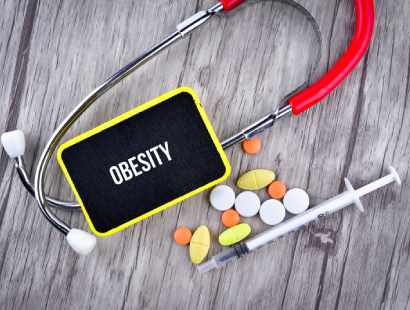

Comical Reactions with Mike & Billy
Experience Precision With Our Products


Wise & Precise
Understanding laboratory tricks is essential for maximizing efficiency and accuracy in experiments. These practical skills can help streamline procedures, minimize waste and enhance safety in the lab. Whether you’re a student or a seasoned researcher, mastering these tricks can elevate your work. Plus, by participating in this quiz, you could win some amazing Microlit merchandise to help you in your lab adventures. Test your knowledge and discover new tips to improve your laboratory experience.
Good news for our customers in India!
We want to introduce you to our new revolutionary laboratory tool that has the potential to greatly enhance the precision and efficiency of your diagnostic analysis processes -Microlit AQUA Electronic Micropipette.
The Microlit AQUA electronic Micropipette offers several key advantages that can significantly improve laboratory workflows:
EXTERNAL DETACHABLE RECHARGEABLE BATTERY – Ensures continuous usage and eliminates downtime during critical experiments with reliable power backup
LARGE EASY-TO-READ DISPLAY – 1-inch tempered LCD glass adds a layer of protection against accidental impacts, scratches and chemical spills
VOLUME ADJUSTMENT WHEEL – It offers extremely fast volume setting, menu navigation and enables single-handed operation.
12 UNIQUE MODES OF OPERATIONS Extensive range of pipetting modes eases workflow, gives the option to tailor protocols and define custom programs.
LINEAR STEPPER MOTOR SYSTEM Motor controlled piston operation ensures no human error and guarantees reliable pipetting.
INTERNAL STORAGE MEMORY Users can store upto six programs in memory and reuse them as per their convenience.
SPEED SELECTION MODE Users can select and adjust the pipetting speed from three options of Low (L), Medium (M) and High (H).
STAINLESS STEEL TIP CONE The 304 Grade SS tip cone offers high dimensional accuracy resulting in best tip fitment.
Visit our website today and shop our products to elevate your scientific pursuits.









